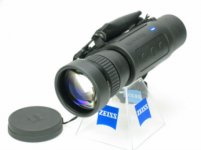etc
Well-known member
Took my Swarovski 8.5x42 on a trip and the whole day, in fact last several days are so humid and hazy that the picture doesn't appear right, it's hard to punch through the haze, especially long-distance. I even thought there was something wrong with binoculars, they looked more clear last winter and spring.
Does lower power work better on hazy days?
Does lower power work better on hazy days?





